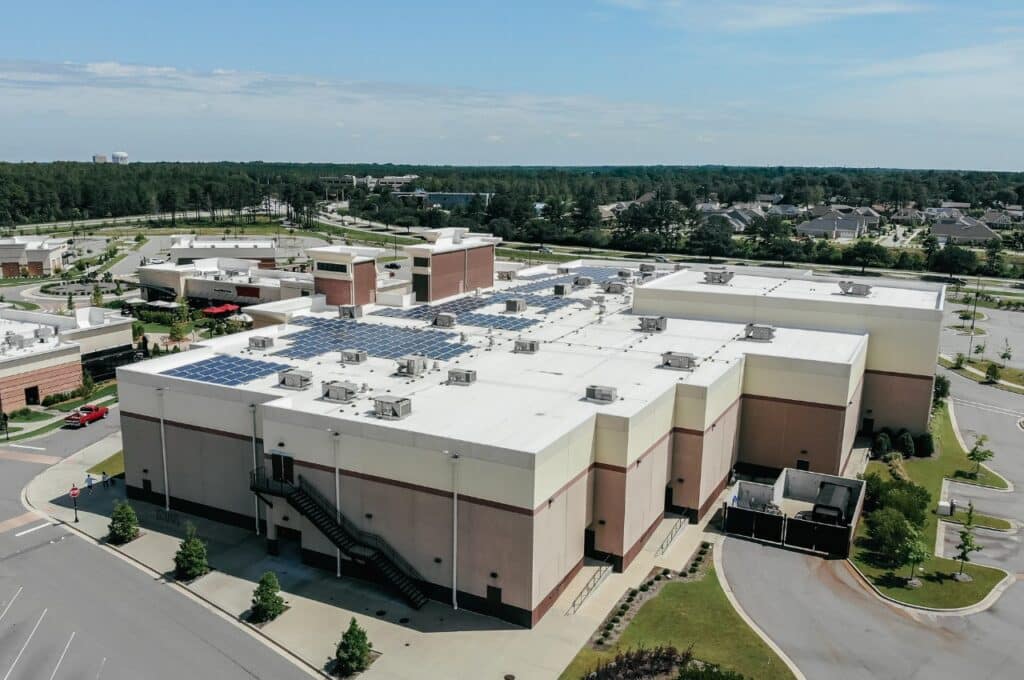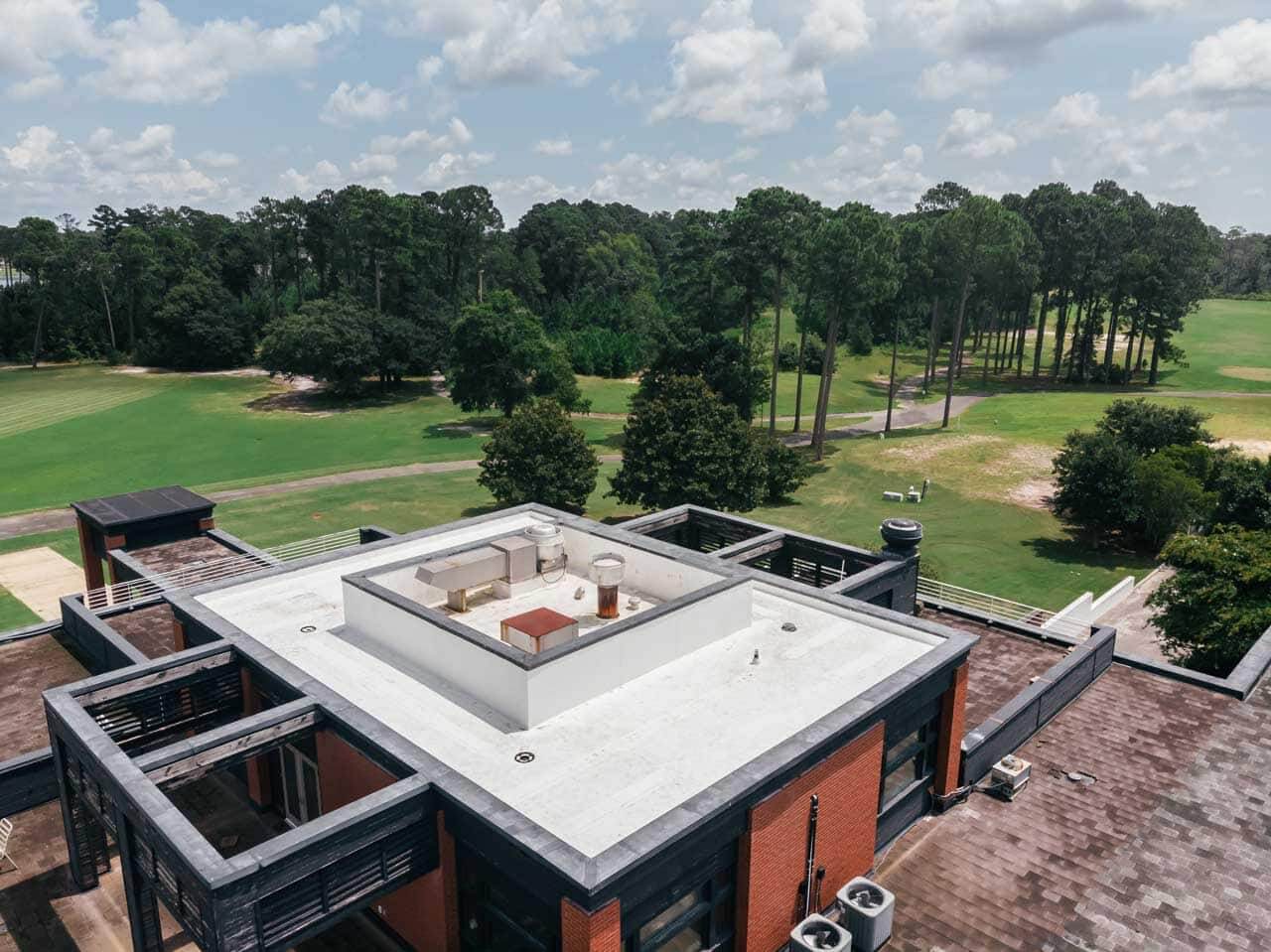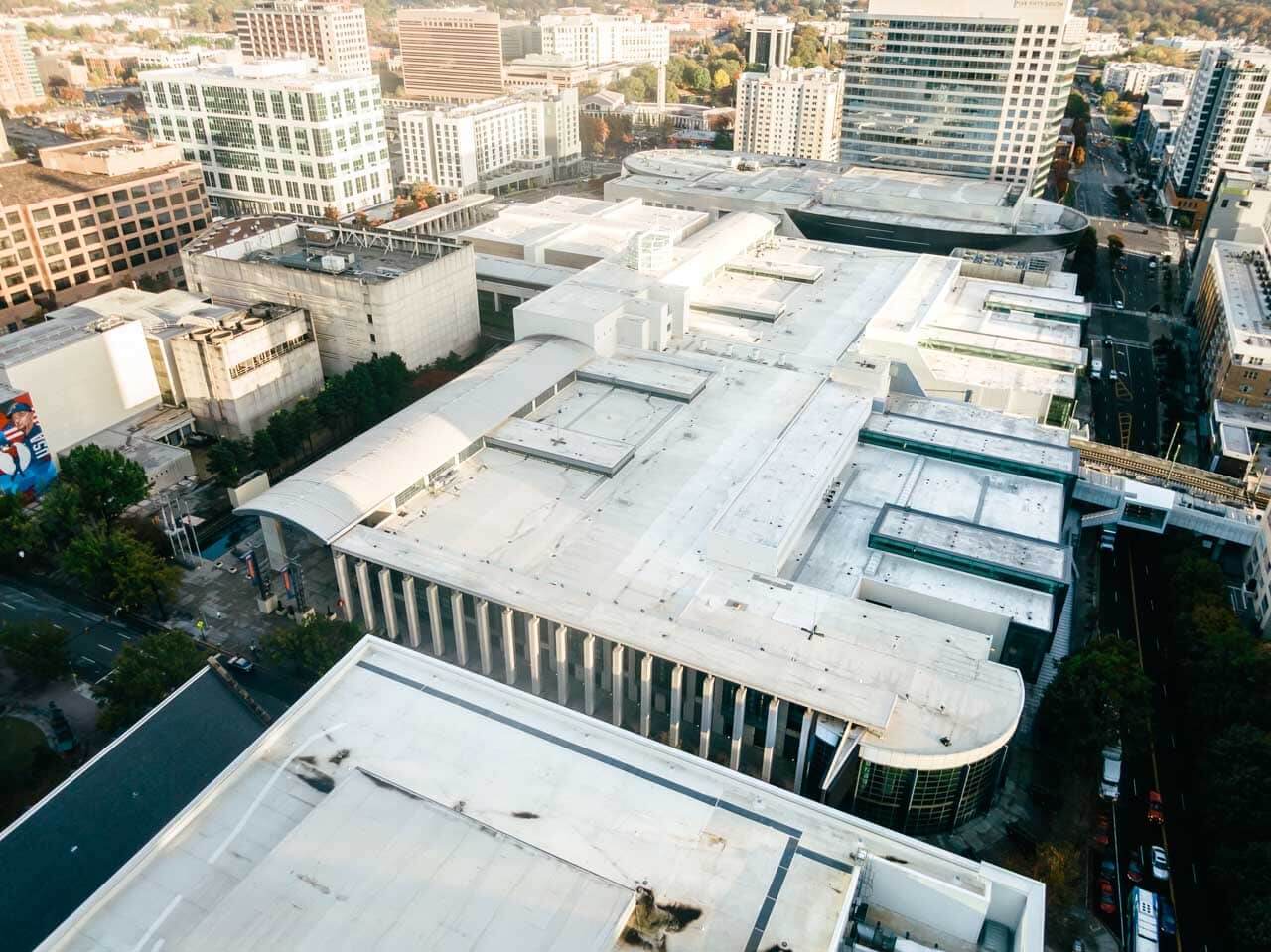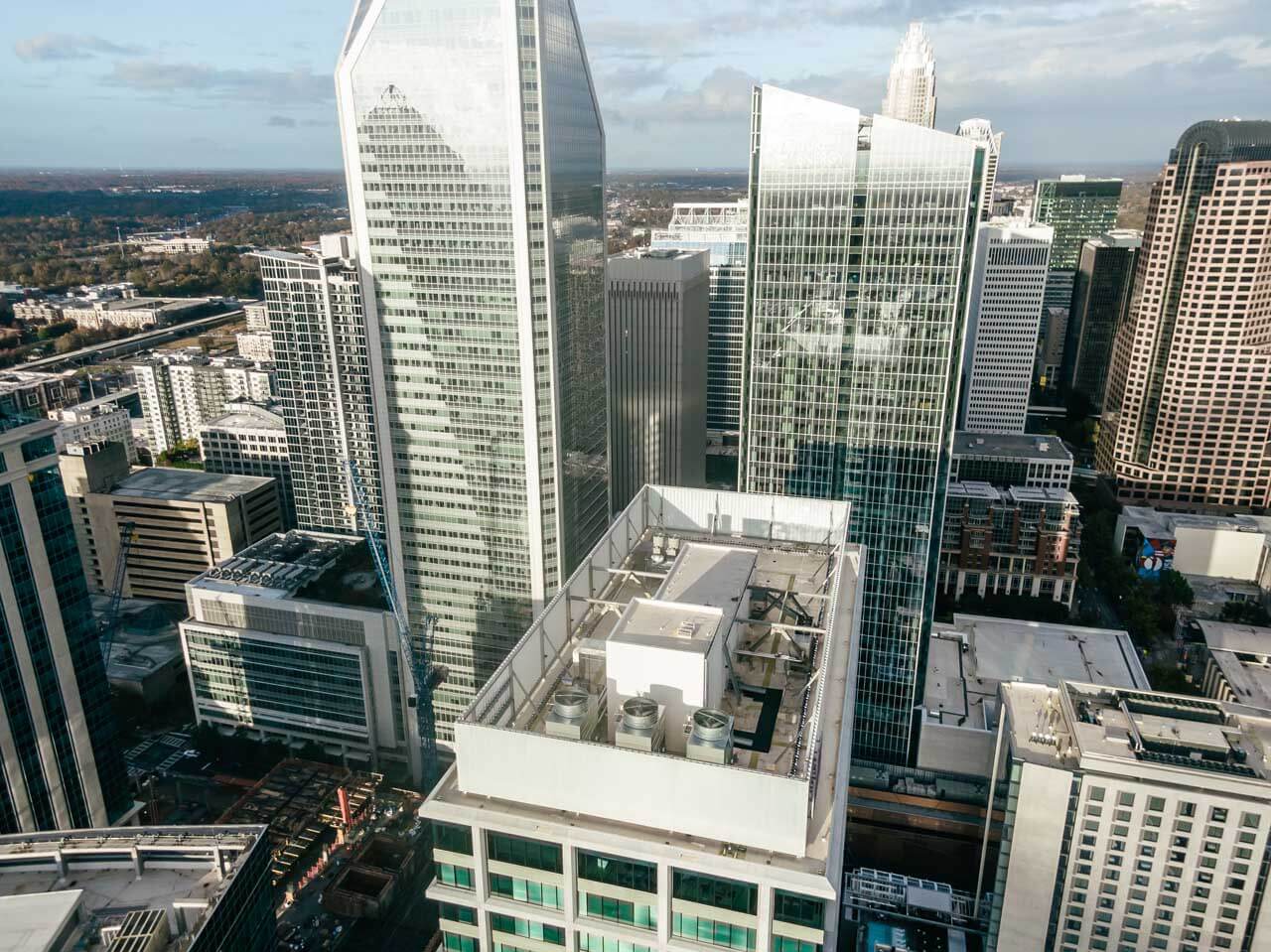Single-Ply Roofing
TPO Roof Repair & Replacement
Read Our Reviews
4.5/5
Single-Ply Roofing membranes are systems that are applied in one layer. Single-Ply membranes come in five basic types: (1) Ballasted, (2) Fully-Adhered, (3) Mechanically-Fastened, (4) Partially-Adhered, and (5) Self-Adhered. Seams of Single-Ply Membranes can be heat welded, solvent welded, and adhered using seam tape or other adhesives. In many instances, a combination of attachment methods is used to secure a roof system. For instance, insulation may be mechanically attached to the substrate with the roof membrane fully adhered to the insulation. We are certified and qualified installers of all the top-of-the-line manufacturers. Our team will happily work with you to select a product that fits the needs of your building and your budget.
- Lots of Options
- Durable
- Easy to Repair
Would you like more information?
Looking for something else?
| Location | Raleigh, NC |
| Industry | Commercial Real Estate |
| Scope of Work | TPO New Construction Installation |
Frequently Asked Questions
What are the benefits of a TPO roof?
TPO stands for Thermoplastic Polyolefin. This type of system provides long-term durability and the security of heat-welded TPO’s advantages includes white ‘reflective surface’ which reduces cooling costs, they’re environmentally friendly, and they produce no dioxins or chlorine. TPO membranes come in varying thicknesses to meet your specific requirements and are available in varying roll widths.
What are the benefits of a PVC roof?
PVC stands for Poly Vinyl Carbonate. These systems are among the easiest single-ply roofing membranes to install and heat-weld together. Some of their benefits include the ability to resist various chemical effluents, superior resistance to punctures and tears, suited for roofs that are exposed to concentrations of grease, oils and many kinds of fuels, and in areas where acid rain or other forms of acidic outflow is a problem, PVC roofs are the preferred solution.
What are the benefits of a EPDM roof?
EPDM stands for Ethlyene Propylene Diene Terpolymer. This system is a black single-ply membrane, often referred to as “rubber roofing”. Some benefits of EPDM roofing are require minimal maintenance and are resistant to UV radiation and ozone, and it withstands extreme temperatures and expands and contracts with the building.









